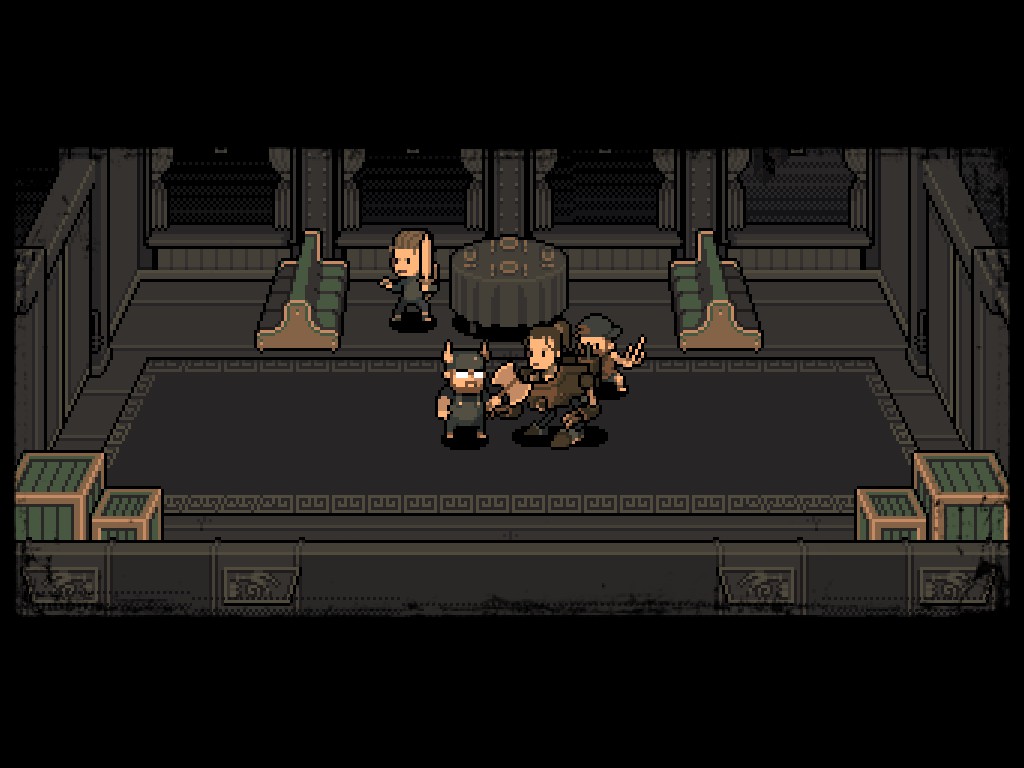Devil’s Dare could easily be written off as just another beat ‘em up. It has its fun moments, it does an excellent job of emulating 16-bit era graphics, and it reminds of you such-and-such game “back in the day.” Spend a little more time with the game, however, and you will find more depth than you would have thought possible.
In the latest Indie-Ana Co-Op, developer Secret Base described how they set out to make a beat ‘em up title that would invoke the memories and mechanics of the arcade games of the mid-90s. In that mission, Devil’s Dare certainly feels like a success. The game opens with a “Gamers Don’t Do Drugs” mission, a few screens of story setup, and then you’re right into the title screen, with a feeling that you should be finding the quarter slot for your PC.
The four (initially) playable characters all riff on a classic video game - Golden Axe, Final Fantasy 3 (in the U.S.), Legend of Zelda, and Teenage Mutant Ninja Turtles. While each one has their own particular strengths, weaknesses, and move set, they all have the same methods of doing so. You have your normal attack that you can chain up to three times, a running attack that’s a great way to knock foes back, and a special attack that has three variants depending on the direction you’re pushing when you use it (up/down, left/right, or neutral).

The enemies themselves follow attack patterns that feel familiar. There are the basic enemies that walk up to you and attack, the shooter enemies that maintain their distance, the large enemies that wait for you to get close so they can lay on the hurt, and the quick enemies that are content with hanging back until there’s a prime moment to strike. As you progress through the game’s four stages, which have an interesting mechanic of getting longer and more difficult as you progress, you’ll encounter any number of variations of these enemies along with a few foes that are unique to a particular stage. At the very end of each of those stages, there is the inevitable boss battle. These mighty foes have their own set methods of attack that may seem impossible at first, but with a little bit of study, patterns can be recognized and exploited.
That was the essence of those coin-op machines. Sure, they were designed to eat up as many of your quarters as possible, but they also had set rules. If you spent enough time with one, you’d start to see the patterns in it and learn how to exploit those behaviors so you could make further progress. In Devil’s Dare, I quickly learned that the running attack for (almost) any character could be exploited to juggle the boss just long enough to allow me to get some hits in before having to run away. That same move could also be used to better group enemies together, as I could knock enemies back up against a particular edge of the screen and then unleash attack after attack.
So, as I said, the game works as a spiritual successor to the arcade games of old.
